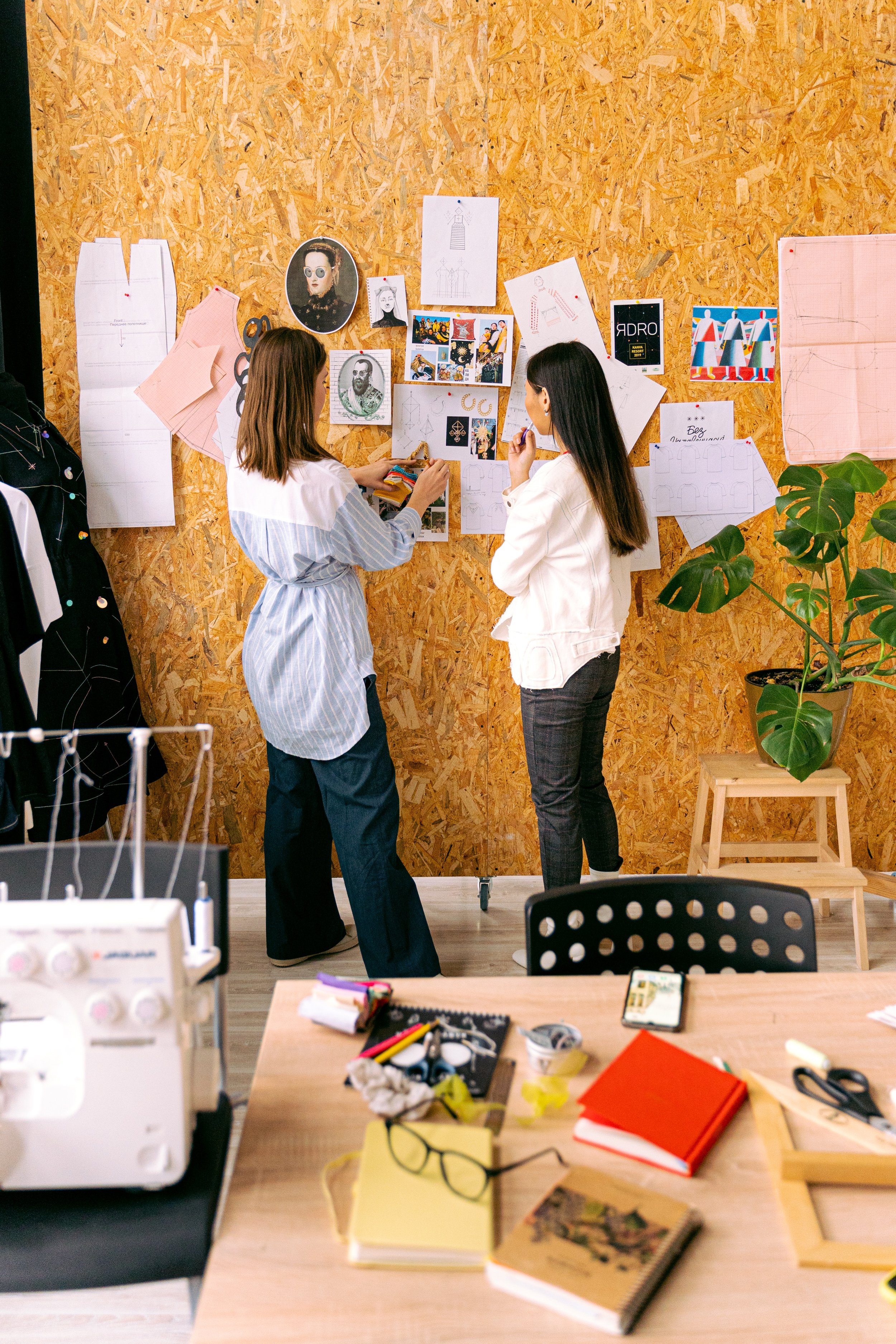
What Is a Mood Board and How To Create One.
08.23.2022
By Emma Golley
Wondering whether a mood board is necessary when developing your collection? Whether you are a fashion student or an entrepreneur launching their first label, chances are you will have heard of a mood board or concept board. Here, I delve into what that looks like, why it’s essential and how you can even create one yourself!
Definition:
A mood board is a visual document or physical board consisting of mainly imagery (sometimes materials and text) and is used to convey your brand, theme or ideas for your collection. When communicating your brands overall aesthetic, your mood board can also be called a ‘brand concept board’.
Why Do You Need A Mood Board?
Visual tools are essential when communicating product ideas and aesthetics. They are also a great tool to help you stay close to your brand vision and something you can keep referring back to throughout the process. A mood board can be used to help organize your thoughts and communicate your vision effectively to other members of your team as well as prospective buyers and investors.
How Are Mood Boards Used In The Industry?
Mood boards are also a key tool within larger corporate companies. The biggest names in fashion from the high street to luxury brands use mood boards to communicate their vision. This is the starting point for any collection and is often used in presentations too. The design team begins by researching trends for the season or monthly drops (depending on the frequency of new collections), and eventually collates and narrows down all of their research imagery onto one physical board or document. The mood board is then presented to their team so they know what the vision is for the season or collection. The mood board is often used again during product presentations to remind the team of the initial ideas.
Example of a physical Mood Board
Common Mistakes
Wondering how it’s even possible to get this wrong? Here are a handful of common mistakes:
Assuming you do not need a mood board since you know your vision inside out. You may have a clear idea of your concepts, but no one else does! Get your thoughts and ideas onto paper, a presentation board or your computer. It’s also handy to keep referring back to.
Expecting a designer to produce a mood board in 1 hour: Doing the research for a mood board takes time! Designers don’t just pull their ideas out of nowhere. It takes dedicated time, knowledge, awareness and research. And that’s before it gets put together in a beautiful presentation.
Thinking you don’t have the skills to do this yourself: You absolutely can create a mood board or brand concept board yourself. Of course hiring a designer is essential if you do not have the time or creative vision. But if you have a clear sense of what you want your collection and brand to look like - and the time to do it, then go for it!
How Do I Create My Mood Boards?
Now for the fun part! Whether you decide to do this yourself or hire a designer, it’s helpful to know how to put a mood board together:
Do your research! If you or your designer are putting this together you must do your research first. Research what’s trending (if that’s important to you), research your niche area, materials and colors that may be significant in the collection as well as silhouettes, print & pattern.
Where should you start? You can research anywhere and everywhere! You may be inspired by a recent exhibition, a world event, another brand, a magazine editorial, anything!
Get lost in the world of Pinterest-You can get lost down a rabbit hole on Pinterest but it’s great for finding imagery and getting inspired. You can also save your imagery into folders on the platform to keep your ideas in one place.
Keep all your ideas organized- Keep your images together in one central area whether that’s folders on your computer or through an online platform. You never know when you may want to come back to them again in the future.
Narrow it down! You may find you have so many images you don’t know how to begin to put your board together. Take the time and go with your gut when selecting your focussed imagery for your mood board. They all need to make sense together and produce a clear statement. Otherwise your vision will appear confusing. It sounds difficult but it often comes together way easier than you’d think.
Adobe Illustrator, Photoshop or Indesign- When you are ready to collate your ideas, these are the most common programs for creating your digital mood board.
PowerPoint- Not everyone has adobe software so Powerpoint presentations and Google slides are good alternatives
Online Platforms- There are a bunch of online platforms to create your mood board on too. Miro and Canva are an example but there are many others out there.
Foam Boards- Not everyone likes to work digitally. You can print off your images and collate them on a foam board instead if you prefer. This used to be a common way of doing things in the fashion industry.
Almost finished… Before you are ready to present your mood board to others, make sure you have included the season, name of collection and brand name somewhere on your board if you can.
Ready to present- Once you are ready and are happy with your mood board, this can be presented/shown to others on your team. The next stage is creating the collection!
This article is part of the brand new Fashion and the Free learning platform F&F Education. Keep checking back for more articles like this and don’t forget to share with others who would also find this information useful.
Like this article? Sign up to our new newsletter to get more articles like this delivered straight to your inbox once a month.

Learn More About How We Can Help You.
If you are in need of an expert to help with your Tech Packs, Designs or Production Process, email Emma below for a free consultation.
Related Articles.
Fashion Industry Lingo You Need To Know.
To help create more transparency within the industry, we collated some of the stand out fashion abbreviations and acronyms you need to know (along with some of their meanings) to help give you the confidence to succeed in your fashion career.
Education | Emma Golley | 06/03/2021
What Does A Merchandiser In The Fashion Industry Do?
Emma Geary, previously a merchandiser for several fashion industry giants, tells us what the role of a merchandiser entails.
Stories | By Emma Golley | 01.22.21
This Is What Fashion Jobs Really Pay In 2021
Want to know how your salary compares to others in your industry in 2021? Over 3,000 fashion industry professionals took part in the Salary Survey, from Merchandisers to Designers. See the results broken down by roles and countries.
Articles | By Emma Golley | 02.08.21







